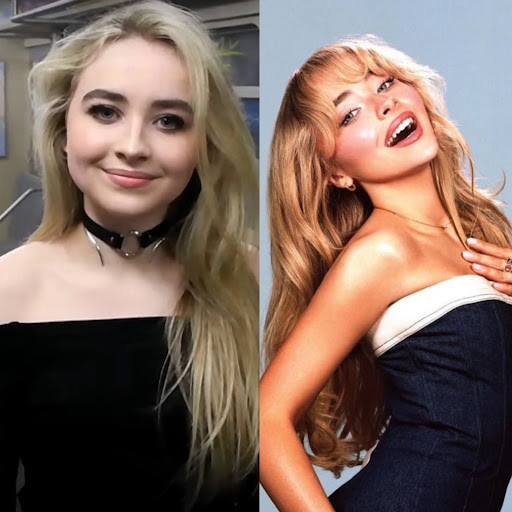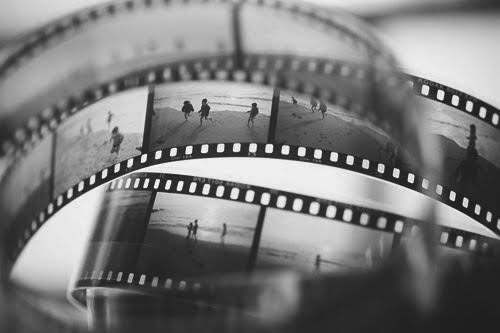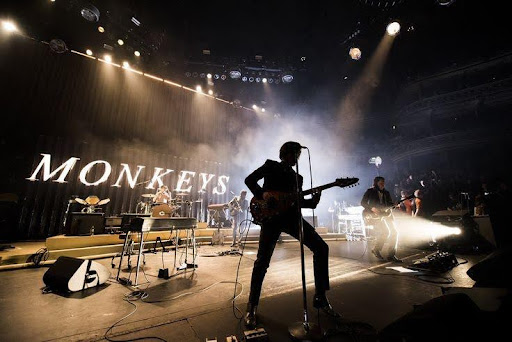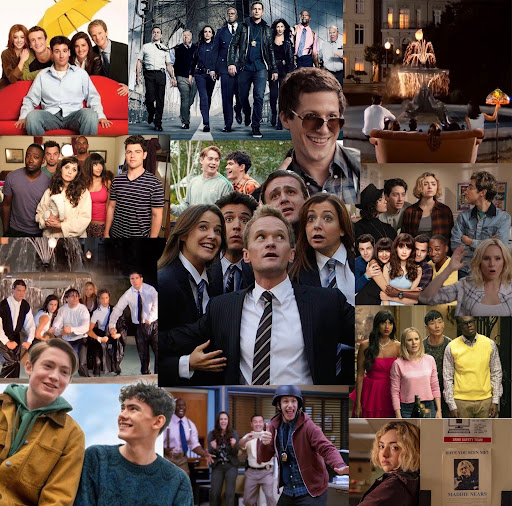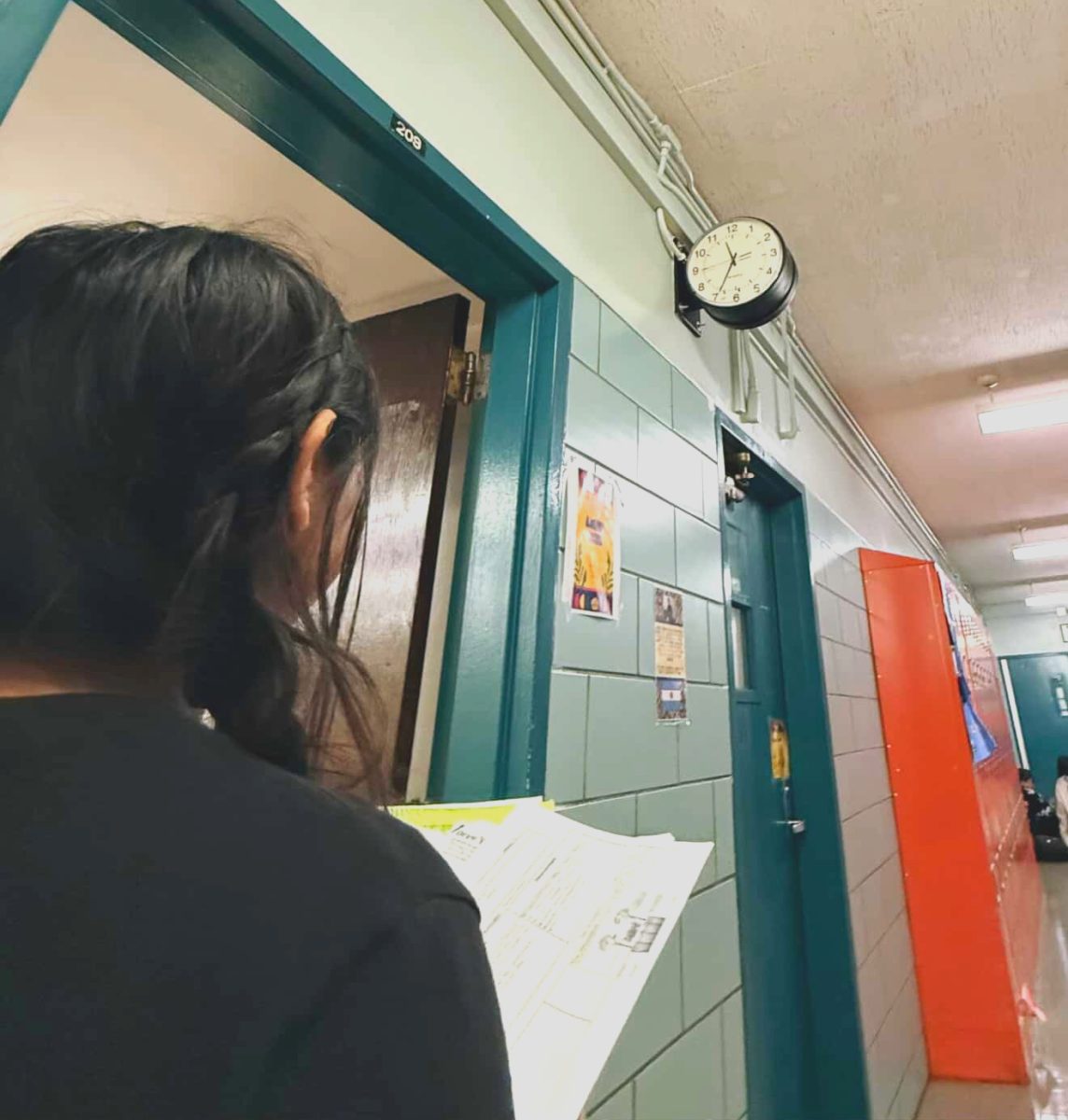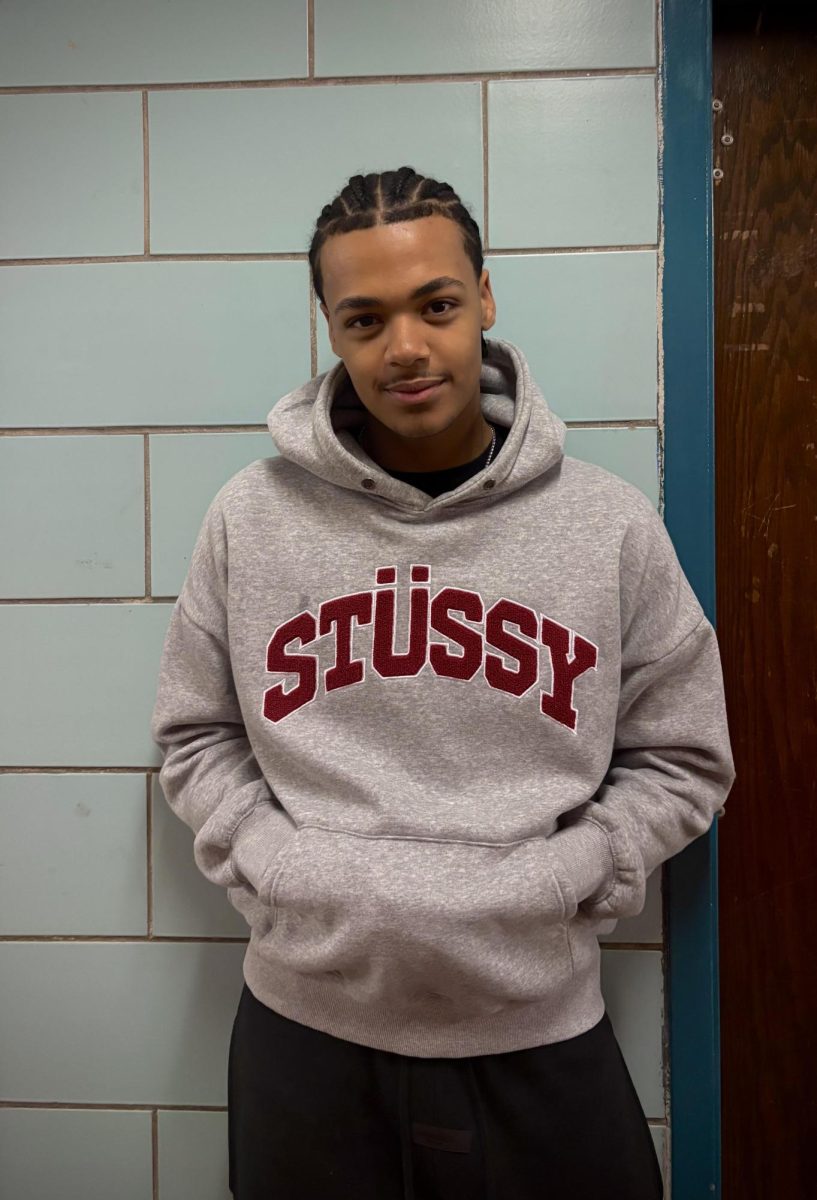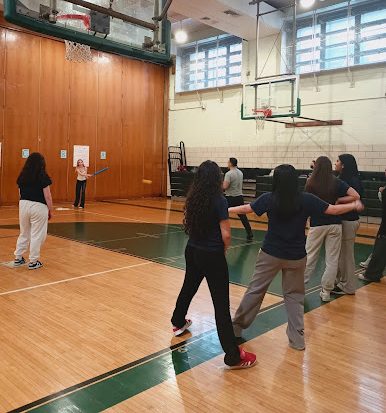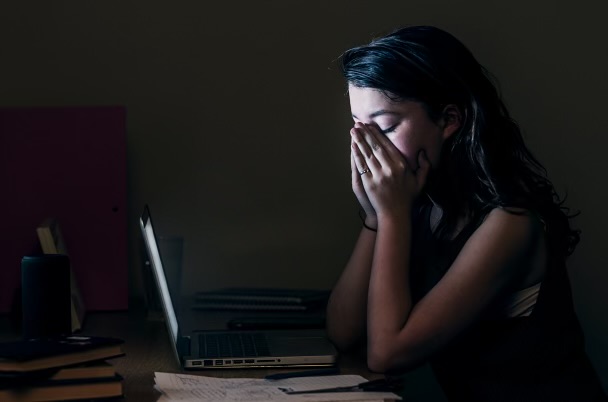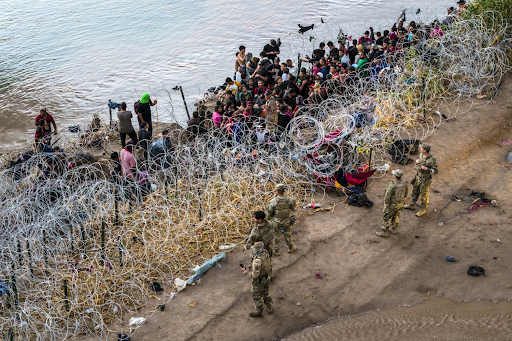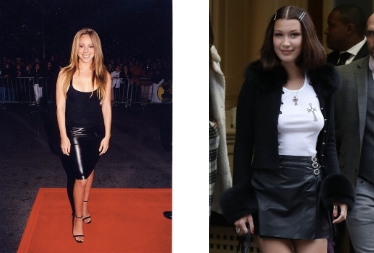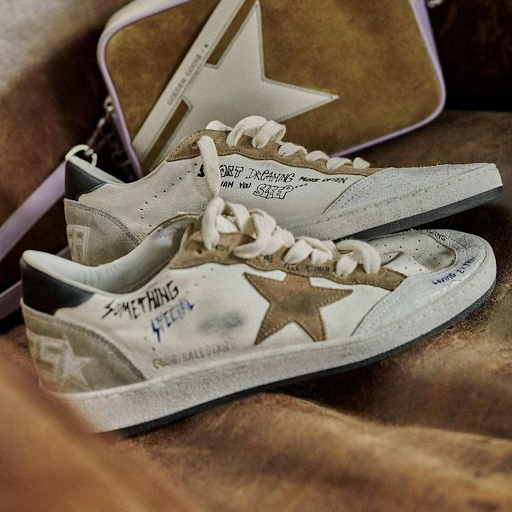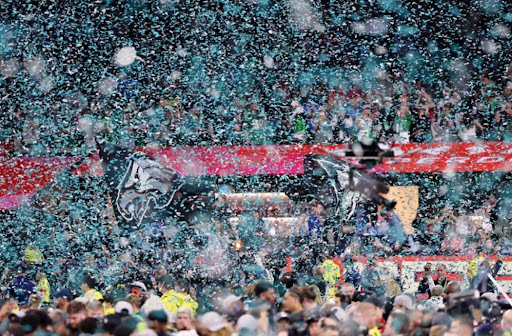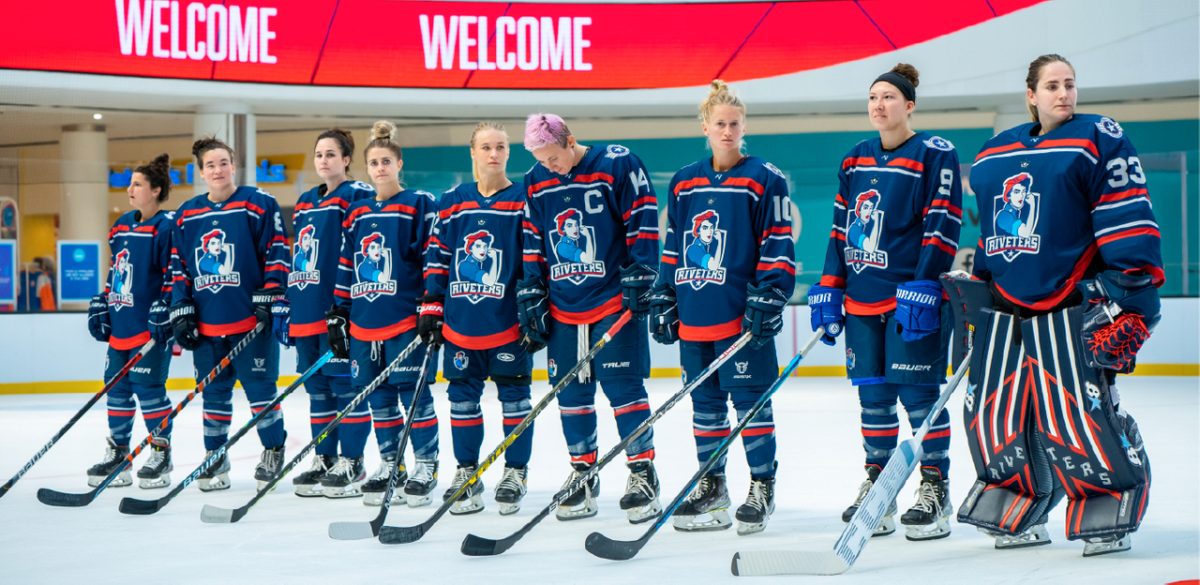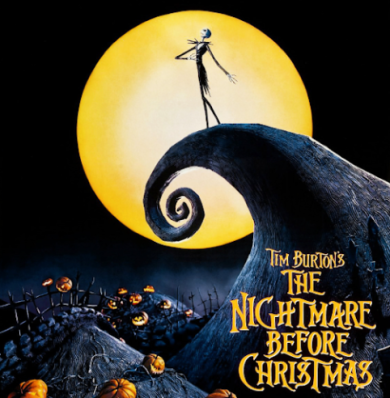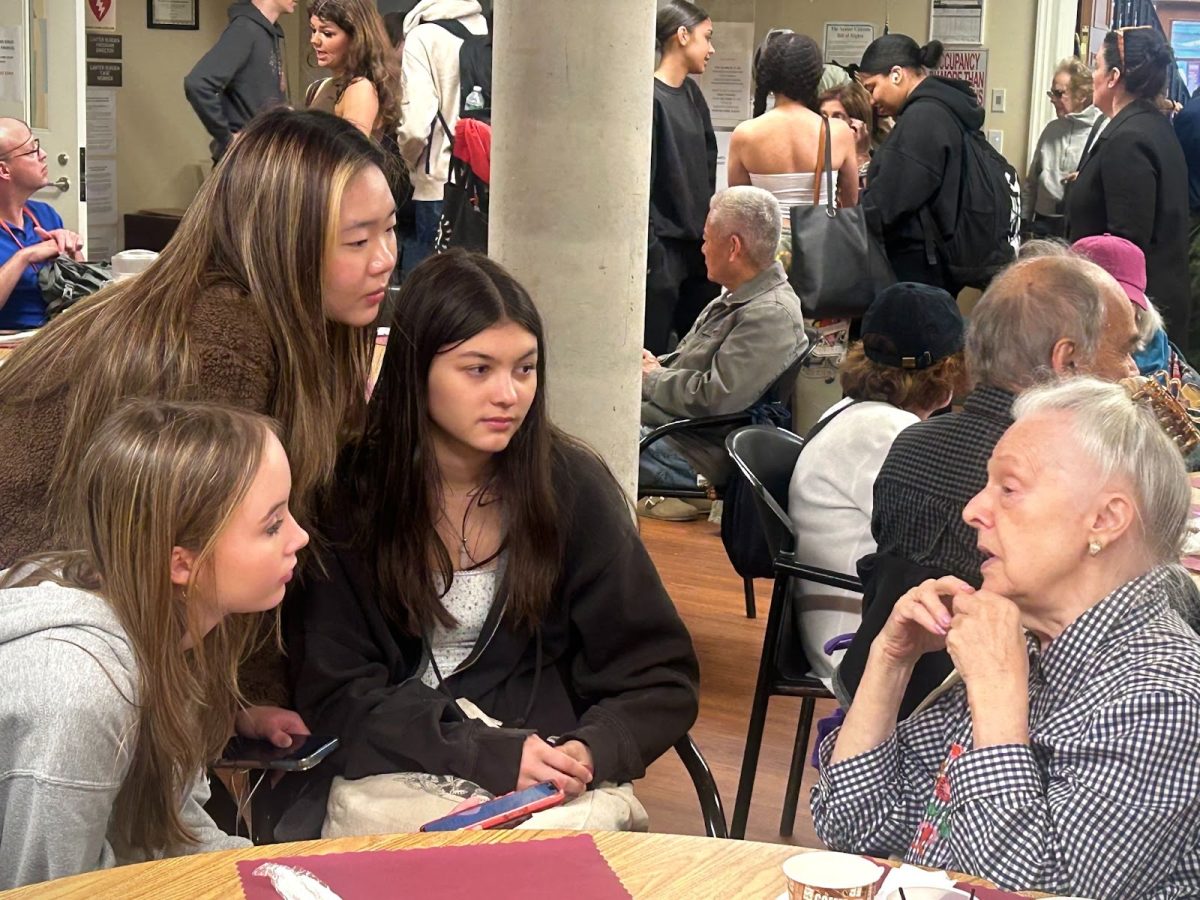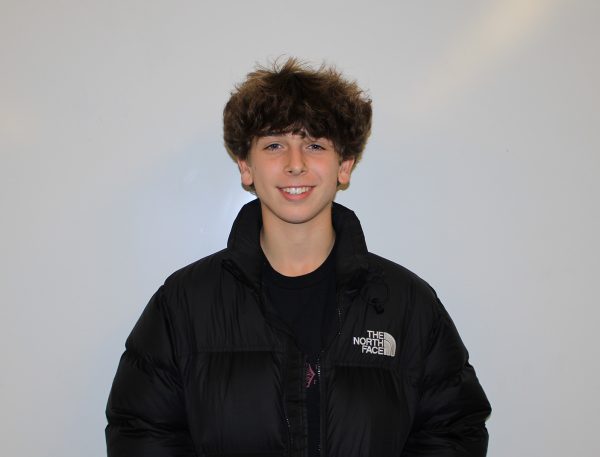In such a tempestuous political climate, media literacy and artistic cognizance are tremendously important. We are living in a time period where the whole world and all of the wide range of art forms are over politicized and it seems everything holds deeper meaning. But in a time of such conflict, ranging from national freedoms, to globally scaled violence, art serves as a catalyst for expression, rebellion, and a way for many to convey highly contentious ideas in a society of large scaled political opposition.
Music, poetry, film, physical art, and even social media have become integral to worldwide political conflicts. This further should incentivise everybody to look deeper into the content they are absorbing, and understand the weight that the arts have in our modern society. In such a time as this, it is impermissible to lack understanding of the complicated national and worldwide condition we are living in.
One way to gain this valuable insight is through art. The broad range of topics that are covered and discussed among numerous art forms can so easily convey a story. Stories of suffering, pain, celebration, restoration, conflict and so much more are all present, but you just need to know where and how to find them. Look through the right lens, and there is so much to uncover.
Musical expression can be the most powerful force of all and has proved to be an impetus for rebellion and a way to bring forth unity. Music transcends language, politics, and religion, and emotion and passion in music can be felt by all. For this reason music has been at the forefront of revolutions, uprisings, and periods of violence.
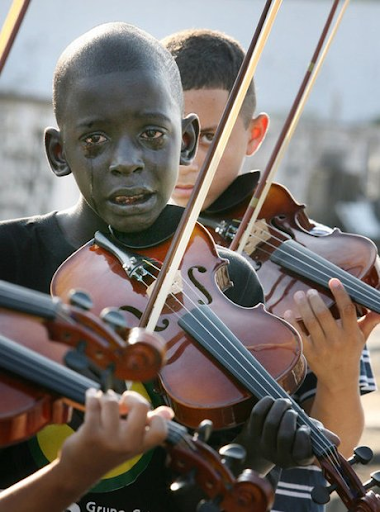
There are examples of the arcane powers that music holds throughout history and especially in recent times. Shown is a picture of a 12 year old boy in Brazil, playing the violin at the funeral of Evandro Joao Da Silva, the well regarded leader of the AfroReggae Cultural Group which brought art and music to the deprived and poverty stricken favelas in Rio De Janeiro.
This program provided youth with an outlet for their grief and emotion, as well as serving as a way to prevent them from falling into the extremely prevalent realm of drug trafficking and cartels. The murder of this important leader brought grief and anguish to these children whose lives gained brightness due to his teachings of art and music.
This photo depicts poignantly the heartache this boy is going through as he performs in his teacher’s funerary ensemble. His role model and mentor, whose goal it was to remove these children from the violence in their communities, fell victim to these horrors himself. But his impact was not at all diminished, if anything the lessons of peace and nonviolence he preached as well as his goal in supporting these children are amplified. This tragedy unifying people in outrage against the brutality which surrounds them. These children’s music are an expression of complex emotion and sadness in a barbaric world.
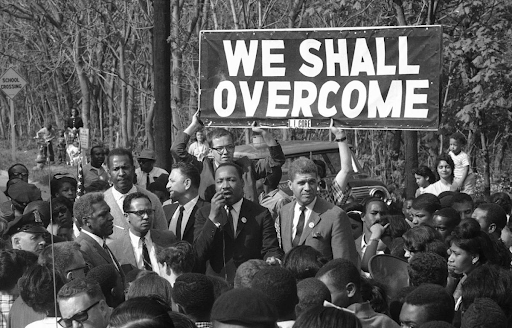
During the Civil Rights Movement, the song “We Shall Overcome,” became an unofficial anthem saying to the nation, racial injustice will be vanquished and that society will finally prioritize equality. This song unified communities across the nation in defiance and hope, supplying oppressed people, suffering from the injustices of our nation, with fuel to continue fighting back. This fuel is what allowed so much progress to be made in this time period, where the persistence of these American people, made it possible for a long needed social revolution to occur.
Music has additionally been the carrier of messages of anti-war and nonviolence. So much music has been created in protest to wars throughout history, highlighting the absurdity of the large scale violence that plagues our society. During the Vietnam War, music took center stage in protest against American intervention and the devastation caused due to our involvement. Songs such as “Lyndon Johnson Told the Nation”, “Cruel War”, and “Bring em’ Home” became anthems of peace and nonviolence, and this art form became a way for the people of the United States to exhibit their opinions and political perspectives. This, coupled with large scale organized protest sent a significant message to the nations leaders.
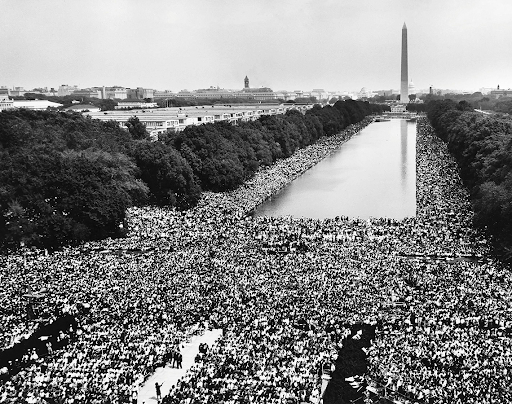
Separately, visual arts have served as one of the most accessible artistic expressions there are. Murals, sculpture, paintings and more can illustrate certain themes, values, or issues, and evoke emotions in their viewers. This is seen throughout history, through war, oppression, prosperity, and reconstruction, visual art remains and thrives as artists carefully weave and fabricate powerful emotive pieces.
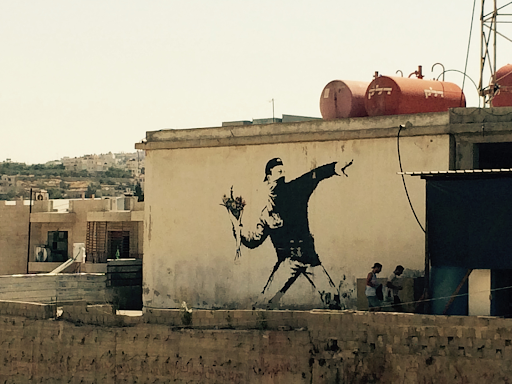
Pieces currently such as Banksy’s mural “Love Is In The Air (Flower Thrower),” which was painted on the West Bank Wall between Israel and Palestine promote unity and peace, opposing social division and conflict. Shown is a man wearing a balaclava, readying to seemingly throw a bomb, but in his hands is a bunch of flowers. The message is simply to embrace peace and compassion, instead of war. These murals inspire and stimulate viewers, initiating deeper contemplation of the banal and futile conflict that has swept the world.
Another example of this modern visual art is “The Guerilla Girls” posters. “The Guerilla Girls” are an anonymous activist group of female artists who are devoted to fighting sexism, racism, and bigotry through their art. This New York City based group covers extremely relevant topics regarding female representation and oppression as well as covering present racial issues. Their contemporary style of posters around the city help portray the voices of underrepresented groups in our modern society.
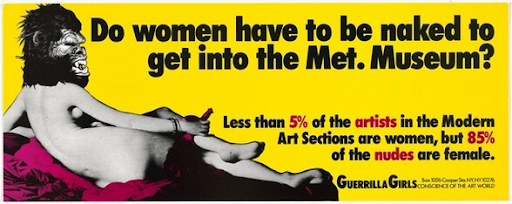
Finally, one of the most accessible and extremely popular art forms is social media. It should be deliberated whether the power social media holds in this generation is beneficial to our society, or if it degrades values due to its ability to sway opinions based on emotion and other superficial aspects. Having sufficient media literacy, and a level of understanding great enough to be able to weave through the hyperbole, manipulated statistics, bias, and objective lies is crucial, especially at a time of such political significance.
Social media pages can be used to deliver political stances and messages both directly and indirectly, with greater insinuations that often would be called out elsewhere. With the sheer number of social media users and how much content is absorbed, millions of people are constantly forming opinions influenced by inaccurate data and extrinsic popularity. The youth of this generation must be made aware of the crucial role they have in the future of our society, and all must recognize the importance of media literacy in a time of so much opposition.
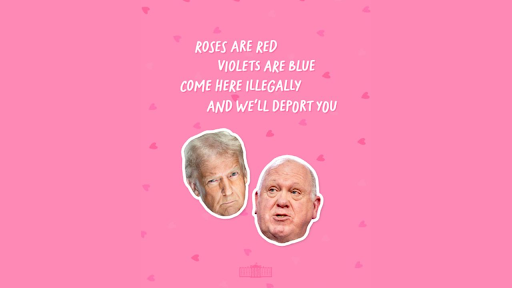
Art in all its forms surrounds us in all aspects of life, especially in this new age of technology and social media, even if we aren’t aware of its abundance. The power of this versatile tool is immeasurable, it can uplift and belittle, empower or encourage oppression. We all must be vigilant in our absorption of this copious content, as we as a human race are so easily swayed by emotion and popularity we are so immensely susceptible to fallacies and misguided theories. At the same time we should view art as a learning point which can teach us diverse perspectives, even opposing perspectives in a tolerable way. So in these next exceedingly important years, we all must continue with an open mind to dissect and view art to grasp a better understanding of the issues and perspectives of our society.






